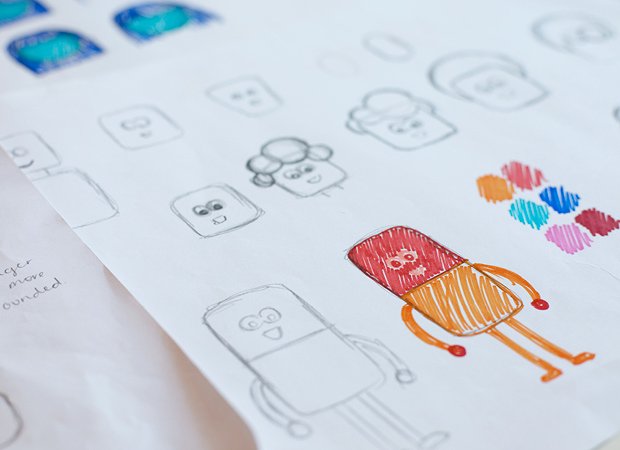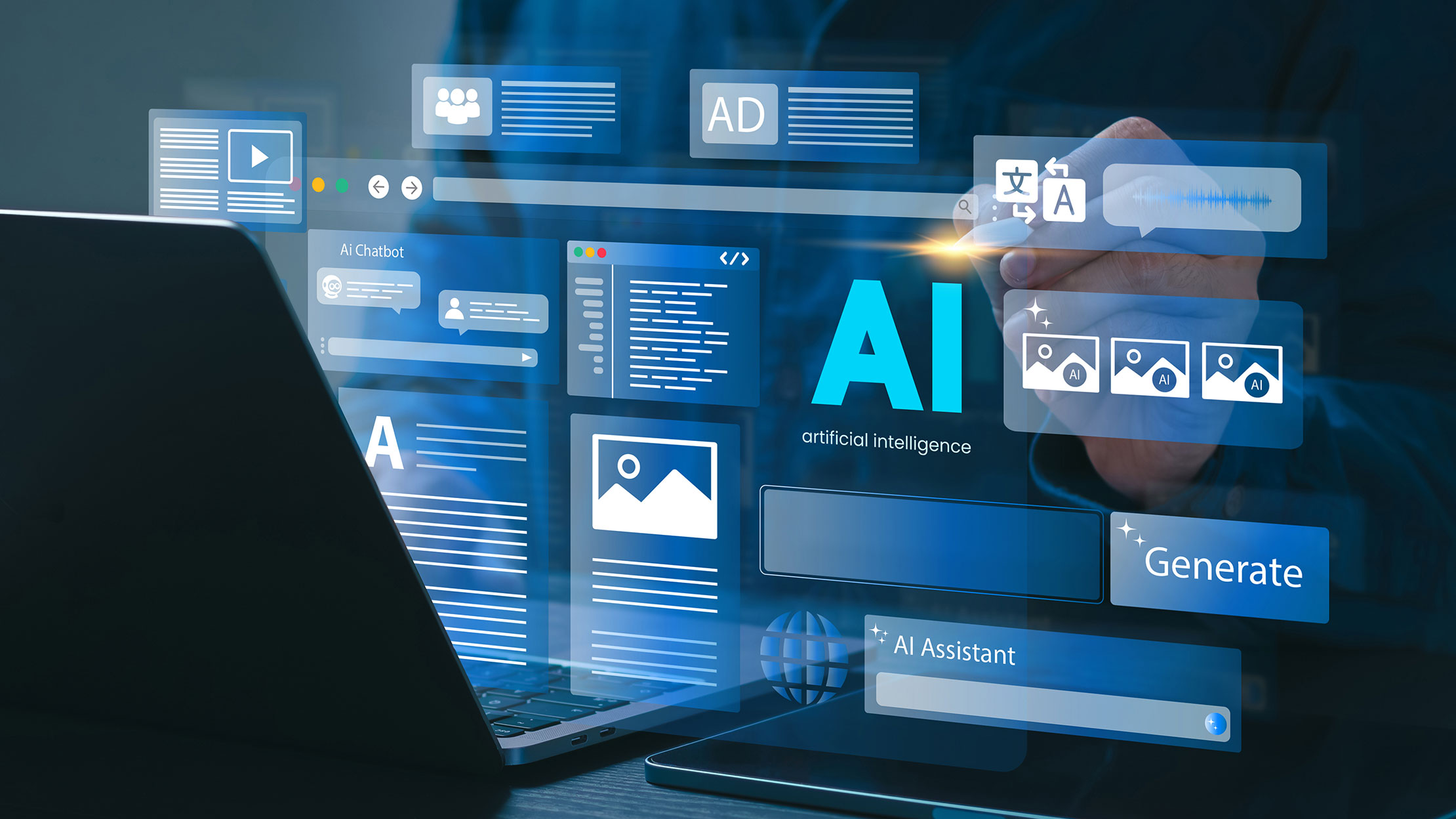
Staging projects to save time and money
By Ben Walker on 19 January 2021
We’re great believers that ‘two heads are better than one’, a phrase we continually apply to the way we work as a team, as well as with our clients.
Developed and refined over time, our processes lay the foundations for every project we work on, helping us to provide a highly efficient service and value for money. Central to this is staging our projects and gathering feedback and approval from our clients at key milestones. We encourage input from multiple people within an organisation, as we recognise the impact this can have on delivering a final outcome our clients are truly proud of.
As our approach is tailored to suit every individual project, we’re going to break down how we staged an animation for The Cancer Innovation Challenge.
Research and scoping workshop
We kickstart every project with market research. As well as assessing how others in the sector handle their branding, we champion drawing inspiration from out with the sector and analysing other companies who have successfully managed similar projects.
Our research is shared in a scoping workshop, where we discuss ideas with our clients and encourage feedback. During the workshop, we highlight possible design techniques and styles to help us to establish an overarching look and feel for the project.
This workshop also gives us an opportunity to introduce our clients to their creative team. As well as an assigned project manager, our clients benefit from their design team being involved in every meeting. This allows them to liaise directly with the team responsible for their project and ensures nothing gets lost in translation.
It is during this workshop that we discuss a project timeline, detailing what can be expected at key stages and when we’ll request content, feedback and approval.
Exploring concepts
We use mind mapping, and often mood boards, to structure the information gathered during the scoping workshop and explore ideas, sketching initial concepts.
After presenting and discussing our ideas with The Cancer Innovation Challenge, we were given the green light to transform our sketches into illustrations, and have some fun creating individual personalities. This evolved into a playful and inclusive character style.

Scriptwriting
Integral to the scriptwriting process is establishing a distinctive and authentic tone of voice that aligns with our client’s message and values. For this particular project, we settled on a clear and professional, yet friendly tone of voice, adding a human touch to the animation.
Clarity and accessibility were key to ensuring the animation resonated with a broad target audience, which was a challenge due to the complexity of the subject matter. We explored different ways of breaking down the information, before creating a final script that was both easily digestible and engaging.
Sketched storyboard
As this point in the process is often subject to various stages of iteration and refinement, we initially sketch ideas on paper. A sketched storyboard is a quick and efficient way to demonstrate how the script will be visualised, from how characters are animated to transitions. In addition to providing descriptions of techniques, we often discuss the storyboard with our clients to explain key parts of the animation in greater detail.

Digital storyboard
Once the sketched storyboard is approved, we create a precise, digital representation of the final animation. The digital storyboard ensures our clients have a clear idea of what to expect when they see the animation for the first time.
Audio
We recommend animations have a voice-over to ensure they are accessible to anyone with a visual impairment. A voice-over can also inject life into an animation, setting the tone and communicating key information in a clear and compelling way. We work with a group of talented voice-over artists, each with their own unique style, allowing us to select professionals that complement our client’s projects.
After listening to samples of previous work, The Cancer Innovation Challenge settled on a Scottish voice-over artist with a soft and friendly tone. To ensure the recording reflects the pace we want to achieve, we supply the voice-over artist with a copy of the storyboard in addition to the script. Finally, we provide our clients with final takes to choose from.
Sourcing music to suit the tone and pace of an animation is another important consideration. After we had recommended a variety of music options, our client selected an upbeat track that reinforced the positive and innovative nature of the challenge.
Building the animation
Our characters are ready to come to life! During the build, we carefully consider the speed of the animation, ensuring the viewer has sufficient time to thoroughly digest all of the information. To enhance efficiency, we share the animation with our client without audio, only adding this once the pace has been approved.
Unless messaging is incorporated into our animations as typography, we usually use subtitles. This ensures accessibility amongst individuals who are hard of hearing and those who might not watch the animation with sound.

Creative outcome
Time to press play. At the exciting final stage, we prepared and supplied the final two-minute animation, both with and without subtitles, ready to be launched at the National Cancer Research Institute conference.
To enhance engagement and hold viewers’ attention, we recommend animations posted on social media don’t exceed 30 seconds. We therefore created a condensed version of The Cancer Innovation Challenge’s animation to be shared across their social media channels, connecting with a wider demographic.
We hope you found this insight into how we stage a project helpful. If you’d like us to tell your story in a dynamic and engaging way, please don’t hesitate to contact us.
Thank you
Success! We've received your message and will get back to you as soon as possible. We look forward to chatting to you.
“Ben and the team at Firefly have been great – creative, friendly, fun and professional from start to finish of our label design project.
Despite us providing a rather vague brief, they completely got what we were looking to achieve and delivered an excellent creative proposal which we are now moving ahead with. They worked with pace and their communication was good throughout. I wouldn’t hesitate to work with them again and would strongly recommend them for any creative requirements.”
Fiona Walsh
Sales Director
Redcastle





